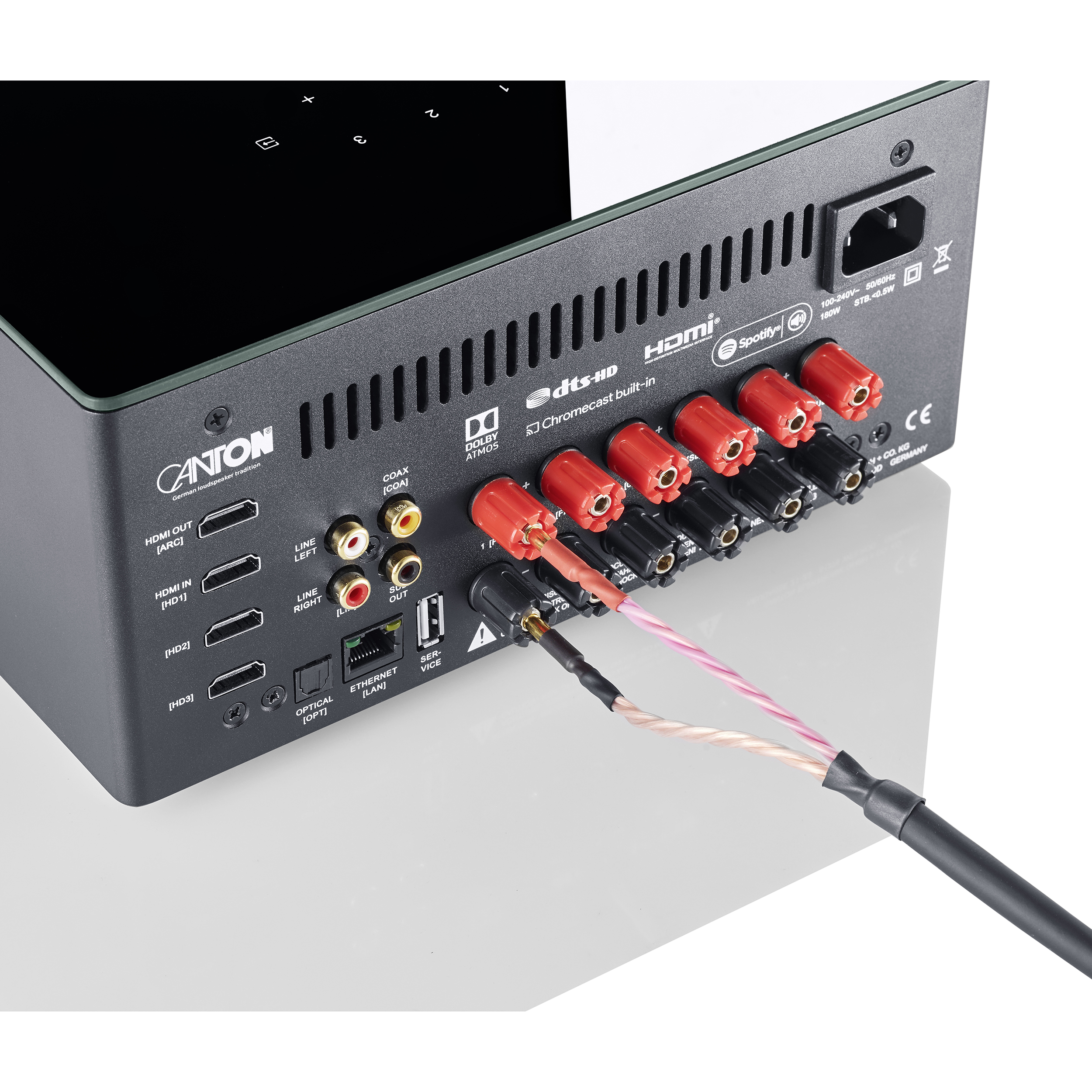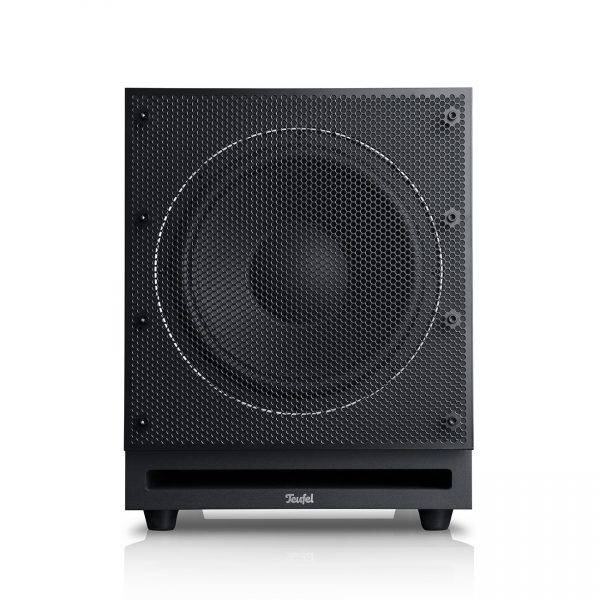

Your headphones don’t strictly need to be Atmos-enabled either because it’s the Dolby Access software and the processor within your computer or game console that does the heavy-lifting of creating the virtual surround sound.īut naturally, better-quality headphones will yield better quality sound. Since Dolby Atmos doesn’t require a particular number of speakers, it can work just as seamlessly on a pair of headphones with only two drivers.

You might be asking, “Will any headphones work with Dolby Atmos?” Technically, yes. What Headphones Do You Need for Dolby Atmos? Man wearing gaming headphones (From: Pexels). If you’d like to know more, we’ve got an article about DTS:X and DTS Headphone: X that you can check out. The difference, however, is that Dolby Atmos requires overhead or upward-firing speakers, while DTS:X does not. Like Atmos, DTS:X also uses object-based audio to create life-like sound in a virtual audio bubble. In addition to that, you’ll also need to make sure that your content player, streaming service, and the actual content you’re watching all support Dolby Atmos.ĭTS:X is another virtual surround sound format that’s often compared to Dolby Atmos. But you will at least need a Dolby-enabled audio visual receiver (AVR) to decode Atmos sound, and “height” speakers to recreate the overhead sound.Īs mentioned before, if you aren’t keen on getting ceiling speakers, you can also opt for add-on modules or an Atmos-enabled soundbar. You don’t need to buy special speakers to run Dolby Atmos on your home theater setup. What do you need to run Dolby Atmos at home? Dolby Atmos streaming setup guide (From: Dolby). Dolby-enabled integrated unit (From: Dolby). On the other hand, add-on modules consist only of upward-firing components and can simply be placed on top of your existing primary speakers. This makes up for the absence of ceiling speakers.
#Dolby 5.1 atmos drivers#
Upward-firing drivers are angled towards the ceiling, allowing sound to bounce off and back to the listener. Integrated units include both forward-firing and upward-firing drivers. Integrated speakers (left) and add-on modules (right) (From: Dolby). There are two types of Dolby-enabled speakers – integrated units and add-on modules. However, if you aren’t keen on installing extra ceiling speakers, you can also opt for Dolby-enabled speakers instead. Overhead sound is what distinguishes Dolby Atmos from conventional surround sound, and installing ceiling or “height” speakers is one of the ways you can achieve that true Atmos audio experience. The additional third number refers to “height” speakers. In contrast, Dolby Atmos home theater setups go by a slightly different nomenclature, such as 5.1.2, 5.1.4, 7.1.2, 7.1.4, and so on. 5.1, 7.1, and 9.1 speaker setups for home theaters (From: Dolby).Īs mentioned earlier, typical surround sound setups make use of 5.1, 7.1, or 9.1 configurations, as seen in the image above. But the great thing about Dolby Atmos technology is that it can be scaled up or down, depending on what equipment you already have. Re-creating this 64-speaker setup at home is impractical for obvious reasons.

This allows more accurate sound reproduction, thus giving the audience a more immersive audio experience. Each speaker is independently assigned its own audio feed. Dolby Atmos for cinemas and home theaters Speaker placement in Dolby Atmos cinema (From: Dolby).ĭolby Atmos cinemas typically make use of a 64-speaker setup distributed to the front, behind the screen, at the back, along the sides, and overhead.

In other words, Dolby Atmos doesn’t rely on a set number of available audio channels or speakers because it can artificially recreate them in a virtual audio space. It does this with the help of spatial audio software that turns audio into 3D objects ( more on this later) that can be precisely “placed” anywhere within a 360-degree virtual bubble. Dolby Atmos audio visualization.Īs a virtual surround sound format, Dolby Atmos manipulates sound to make it seem like it’s coming from multiple directions, even without the typical 5.1, 7.1, or 9.1 surround sound setup. The numbers “5”, “7”, “9” refer to the number of speakers, and “1” represents the subwoofer. The surround sound nomenclature of “5.1”, “7.1”, and “9.1” refer to the different audio channels.


 0 kommentar(er)
0 kommentar(er)
